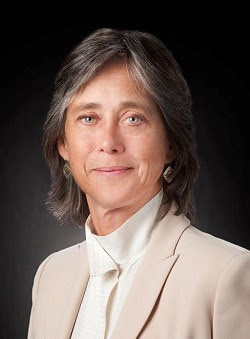
Greetings,
Since our May newsletter, the world continues to rapidly change. At first, public health was dealing with the overall spread of COVID-19. Then came more attention to the long-standing systemic health and social inequities that have put some individuals and communities at increased risk of COVID-19, especially among racial and ethnic minority groups.
In June, the CDC noted that having obesity, not only severe obesity, is a risk factor for severe illness from COVID-19. Obesity is defined has having a body mass index (BMI) of 30 or higher. Among US adults, non-Hispanic blacks (49.6%) had the highest age-adjusted prevalence of obesity, followed by Hispanics (44.8%), non-Hispanic whites (42.2%) and non-Hispanic Asians (17.4%). The association between obesity and income or educational level is complex and differs by sex and race/ethnicity.

As public health focused on the increased risk of getting sick from and dying from COVID-19 for racial and ethnic minority groups and people with underlying medical conditions, the death of George Floyd brought the long-standing issues of racism and health inequity into this conversation in a much more visible way. Within the Division, we wholeheartedly share the CDC commitment of achieving health equity and addressing the systematic causes of health inequity.
Two specific social determinants of health related to DNPAO are food insecurity and lack of access to safe and convenient places for physical activity. We will continue to work closely with key partners to advance this work, and we invite new groups and activities that can help our nation going forward.
Our Division supports three funded programs that specifically address health inequities. The Racial and Ethnic Approaches to Community Health program (REACH) program serves African Americans, American Indians/Alaska Natives, Asian Americans, Hispanic Americans and Native Hawaiian and other Pacific Islanders. Two other programs, the High Obesity Program (HOP), and State Physical Activity and Nutrition (SPAN) fund recipients that work to reduce or eliminate health disparities in priority groups and communities.
For ideas on what you can do, see:
- Food assistance programs and food system guidelines during COVID-19
- Policy resources to support social determinants of health
- Health Equity Resource Guide for State Practitioners Addressing Obesity Disparities
- COVID-19: Health equity considerations and racial and ethnic minority groups – what we can do
- Strategies to support healthy food systems, create activity-friendly environments, and prevent obesity.
I appreciate all the efforts at the local, state and national level that drive us toward a vision of health equity. Now, this work is even more important.
Ruth Petersen, Director, DNPAO






















.png)











No hay comentarios:
Publicar un comentario